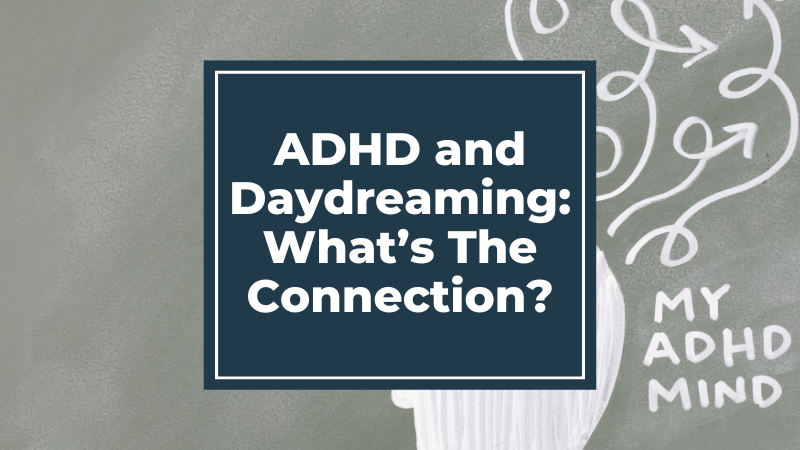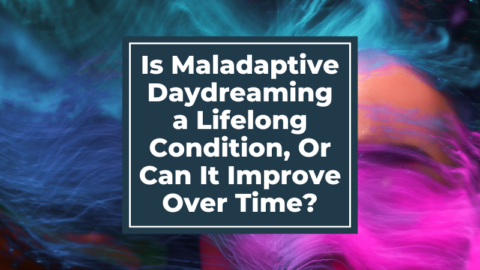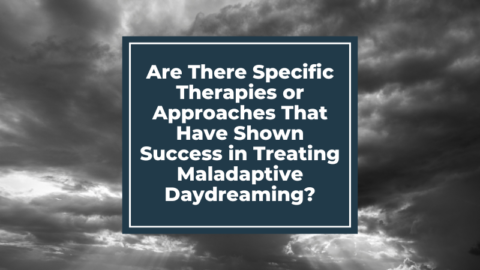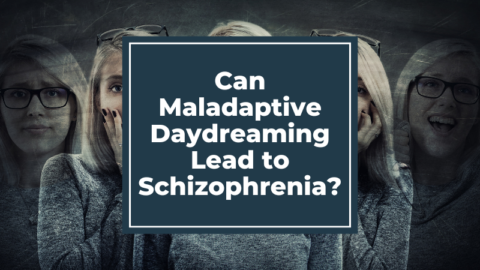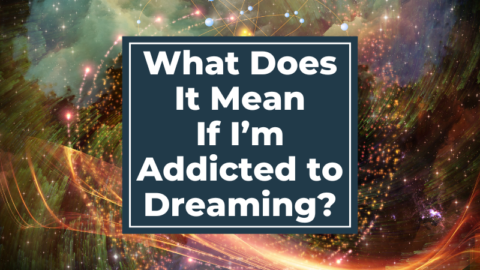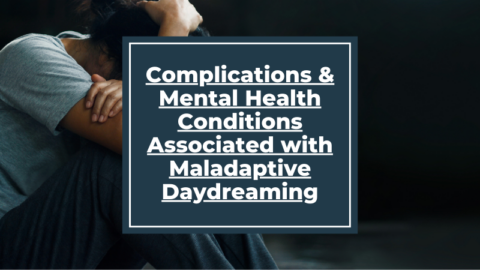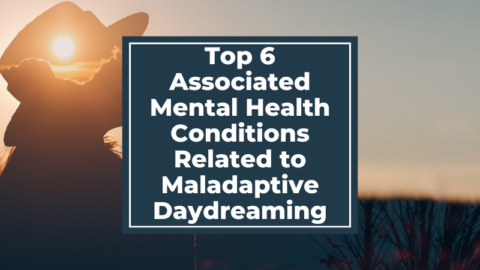Did you know that there’s more than one form of ADHD? I didn’t until well into my adult years. Until then, I bought into the typical stereotype that ADHD meant hyper, out-of-control kids, usually boys.
However, when I learned about the inattentive form of ADHD later in my life, it was like I was reading a checklist of everything I’d been struggling with. Then, learning that there was a connection between ADHD and daydreaming was light a huge lightbulb. I felt like if I could piece together all the reasons my life was stuck in the place it currently was, then I could solve my way out of it.
Before we discuss the connection between ADHD and daydreaming, let’s familiarize ourselves with the three classifications.
The Different Classifications of ADHD
Attention deficit/hyperactivity disorder (ADHD) is typically classified into three main types:
- Predominantly Inattentive Presentation: This type of ADHD is characterized primarily by symptoms of inattention. Individuals with this type may struggle with sustaining attention, being organized, and following through on tasks. They may appear forgetful, easily distracted, and have difficulty staying focused.
- Predominantly Hyperactive-Impulsive Presentation: This type of ADHD is characterized primarily by symptoms of hyperactivity and impulsivity. Individuals with this type may exhibit excessive fidgeting, restlessness, impulsiveness, and difficulty staying still or waiting their turn. They may also have challenges with self-control and exhibit impulsive behaviors.
- Combined Presentation: This type of ADHD involves a combination of both inattentive and hyperactive-impulsive symptoms. Individuals with this type may experience difficulties with attention, hyperactivity, and impulsivity to varying degrees.
It’s important to note that ADHD is a complex and heterogeneous condition, and individuals may experience symptoms differently. Diagnosis and classification of ADHD are typically based on criteria outlined in the Diagnostic and Statistical Manual of Mental Disorders (DSM-5) published by the American Psychiatric Association. If you suspect you or someone you know may have ADHD, it is advisable to consult with a qualified healthcare professional for a comprehensive evaluation and accurate diagnosis.
ADHD and Daydreaming: My Story
One symptom of my ADHD, being prone to daydreaming, had gotten so out of control that it’d taken over my life. You see, while it’s not uncommon for those with ADHD, especially combination or inattentive ADHD, to daydream vividly and have difficulty snapping out of those daydreams, when the daydreaming becomes an addiction that takes up the majority of your day it becomes a problem. Many people refer to this daydreaming addiction as maladaptive daydreaming, and it can cause very negative feelings when something keeps you from daydreaming and makes it very difficult to leave your daydreaming work to do everyday, mundane tasks.
I’ve found that many other individuals who are struggling with maladaptive daydreaming also have ADHD and they’ve been diagnosed with all forms–inattentive, hyper, or a combination of both. One can easily see how having ADHD’s tendency for more intense daydreams may lead to maladaptive daydreaming and make it more difficult to take control of your maladaptive daydreaming tendencies even once you recognize the symptoms. So here’s what we know about the connection between ADHD and daydreaming.
- There is a relationship between excessive daydreaming and ADHD. According to psychology today, “When you don’t have ADHD, you are able to snap yourself out of a daydream state fairly easily. When you have ADHD, daydreaming is intensified—and it is very difficult for the brain to self-regulate”
- The inattentive form of ADHD is the one most correlated to daydreaming, and is also often missed.
- ADHD is diagnosed more in boys, with a diagnosis rate of approximately 4:1, but many believe that girls are going undiagnosed and that the ratio may be closer in reality. Some believe that inattentive form of ADHD is more common in girls, and that it may contribute to why so many girls go undiagnosed. Others do not see a difference in the rate of the subtypes of ADHD between genders.
Does this sound like you? Do you struggle to snap yourself out of daydreams unless the alternative is extremely exciting or interesting, much more than common day-to-day events? If you’ve noticed that your tendency to daydream is having negative effects on your life, I encourage you to learn more about your tendencies and seek help in order to take back control of your life.
Why Do Those With ADHD Tend to Daydream More?
There is a recognized connection between ADHD and daydreaming, although the relationship can vary among individuals. Some common observations and research findings include:
- Hyperfocus: People with ADHD may experience episodes of hyperfocus, where they become intensely absorbed in a specific task or topic. While daydreaming is often associated with a lack of focus, individuals with ADHD may hyperfocus on their daydreams, leading to prolonged and vivid daydreaming episodes.
- Escapism: Daydreaming can serve as a form of escapism or a way to cope with boredom or inattentiveness. For individuals with ADHD, who may struggle with attention and have a restless mind, daydreaming can provide a means of mental stimulation and engagement.
- Dopamine and Brain Activity: The brain chemistry and neural activity in individuals with ADHD differ from those without the condition. Dopamine, a neurotransmitter involved in attention and reward, plays a crucial role in ADHD. Some studies suggest that daydreaming may activate the brain’s default mode network, which is associated with self-referential thinking and mind wandering, and this network may interact with the dopamine system differently in individuals with ADHD.
- Maladaptive Daydreaming: While daydreaming itself is a normal and common experience, excessive or maladaptive daydreaming can be a feature of ADHD. Maladaptive daydreaming refers to intense, immersive daydreaming that interferes with daily functioning and may serve as a coping mechanism or a way to compensate for challenges associated with ADHD.
It’s important to note that not all individuals with ADHD will experience excessive daydreaming, and daydreaming alone is not sufficient for an ADHD diagnosis. ADHD is a complex condition with a range of symptoms and impacts that can vary among individuals. If you suspect you or someone you know may have ADHD or are experiencing excessive daydreaming, it is advisable to consult with a qualified healthcare professional for a comprehensive evaluation and appropriate support.
Want a place where you can talk with others about your ADHD and daydreaming? Check out the Maladaptive Daydreaming Forum to connect with other dreamers and share your thoughts and experiences.

